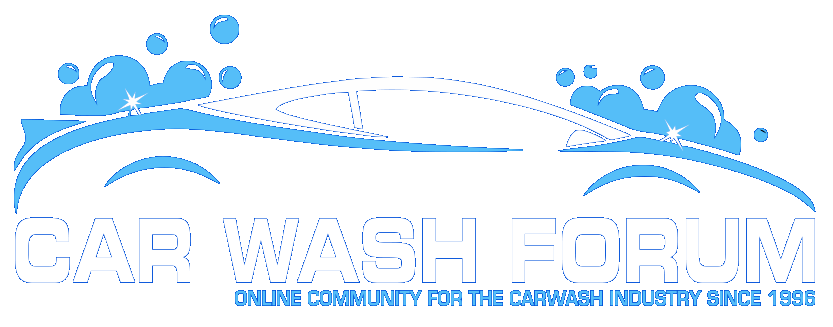Taking a conventional self-service facility (wands plus in-bay automatic) to a higher and better use can make sense.
Transforming one into a full-service wash has been tried before as has adding a detail shop on-site. Of the two, the full-service transformation almost always fails. In my opinion, failure occurs because the owner doesn’t understand how to make the transformation.
For example, in the post, you mention a waiting time of 45 minutes, lots of time manually pre and post cleaning vehicles plus six minutes in the wash-bay and touch-less wash process. As John mentioned, the rule-of-thumb for full-service is a start-to-finish in about fifteen to twenty minutes.
It is commonplace to accomplish this with a system where the carwash equipment is arranged according to the steps necessary to clean, shine and dry a vehicle. A vehicle goes in one end of the tunnel and comes out the other end in three to four minutes. At the finishing line, the completion time for a four-pass of the vehicle, quality assurance and “car-ready” should take no longer than about eight to ten minutes. Depending on method of selling (personal versus pay station) and where vacuuming is done (entrance versus exit end), the sales transaction and vehicle prep process should take no longer than five minutes. The total time here is about 19 minutes.
On the other hand, an in-bay automatic is designed to keep the vehicle in place and bring to the vehicle the steps necessary to clean, shine and dry it. The average time to complete this process is also about four minutes. However, unlike a conveyor that has “stored up” capacity as a function of its building length that can be used during busy periods, an in-bay has no extra margin of speed to catch up to the arrival rate of customers.
For example, an in–bay with a service rate of twelve cars an hour and a customer arrival rate of nine cars an hour will have four or more vehicles in the system 32% of the time. When the arrival rate equals the service rate, the length of waiting line and average waiting time will grow indefinitely. If you further load this system with additional time to pre and post clean vehicles, this is why customers are waiting 45-minutes.
In queuing theory, the service time for a wash includes the time between cars as well as the time necessary to complete one car. So, if you want to use a touch-less in-bay as the cleaning process for a full-service format and reduce service time from 45-minutes, you would need to learn how to optimize the in-bay process for this purpose.
I can be reached if you share my interest.



